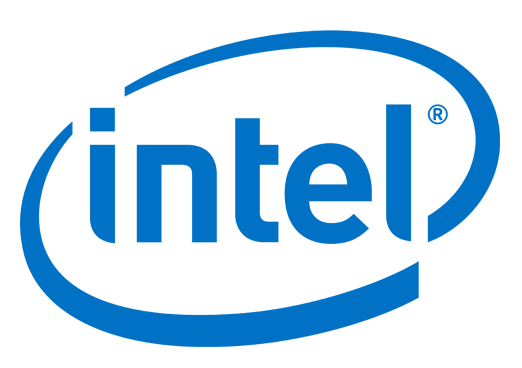LightningZ71
Platinum Member
- Mar 10, 2017
- 2,654
- 3,339
- 136
Isn't the 14nm Sunny Cove backport also somewhat reduced in cache sizes? Reducing the caches internal to the CPU would certainly reduce it's IPC as compared to a higher cache version on the smaller node that it was targeted at.






